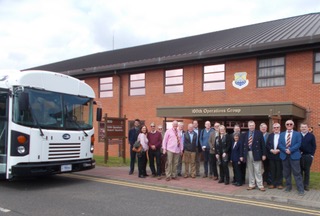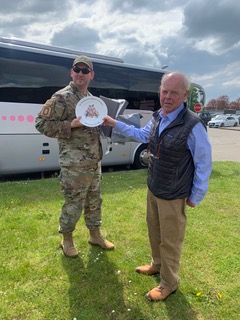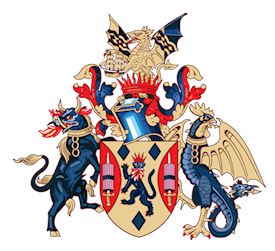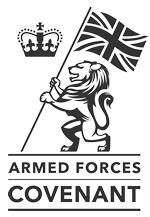On 1st May, the sun was shining for a visit by 18 Fuellers to the USAF’s 100th Air Refuelling Wing at Mildenhall, Suffolk. The visit was led by Master James Cripps and organised by Stephen Lloyd. As no cars were allowed on the base, we had scouted out a suitable car park locally, and hired a coach. We were hosted with much humour and deep knowledge by Technical Sergeant Christopher Jacobs.

A key asset of the 100th is the reliable KC-135 air-to-air refuelling tanker aircraft, developed in 1957 from the same (367) prototype, used to develop the Boeing 707, which it resembles. The air-to-air probe is very different to the RAF’s system, being a fixed extendable probe that extends from the centre of the rear of the aircraft and is actively “flown” using its control surfaces (small wings) by a recumbent operator in the very rear of the tanker, whilst the receiver holds a steady position.
The two systems each have their own advantages, but are not inter-operable, so a few USAF 135’s also carry the RAF’s refuelling system in end-of-wing pods for mixed NATO operations. We were delighted to enter a 1961 KC-135 and take turns lying down in the dispensing fuel controller’s “couch” from which the probe is “flown”. These planes could be maintained as flyable out to perhaps 2035, at increasing cost, but are gradually being partially replaced with the KC-46 tanker, which is more efficient and has slightly greater refuelling, cargo and casualty transport capacities. We were lucky to see a KC-46 on the tarmac, and were treated to a tour of the KC-135 maintenance hangar.
The visit also included the FARP (forward arming and refuelling point) team, a little like the RAF tactical supply wing that fuellers visited last year at Stafford. FARP is a unit of just 60 across the entire USAF, which specialises in supporting special forces in remote unsupported places via a fuel drop, potentially at night and in hostile conditions, to their helicopters or fighter jets. To qualify for FARP, applicants must pass survival, evasion, resistance, and escape school. They are truly an elite.

To complete the visit, we visited a large collection of Freightliner airbase fuel tankers. Fuel for the bases is able to come in via the Exolum-owned former MOD pipeline network, with which some of us are familiar. Master James thanked Tech. Sergeant Jacobs for an amazing day, gifting a boxed commemorative Fuellers plate, which was well received. Fueller Ian Cobban was pleased to donate a collection of US military campaign medals he had come by, which he felt best belonged at the base museum. (write up by Paul Mott)



